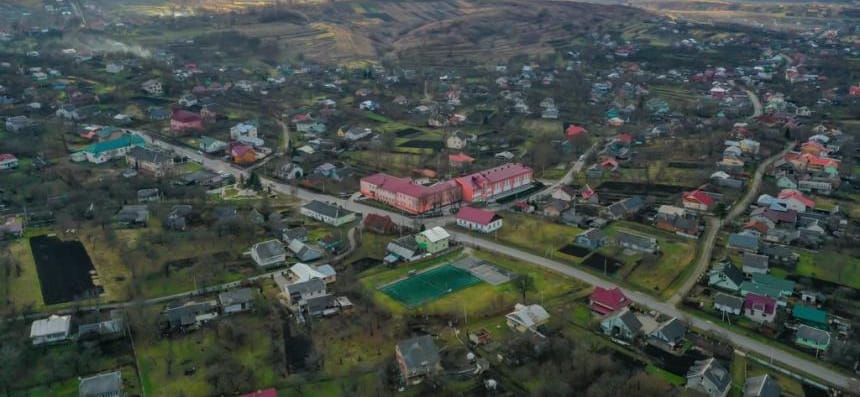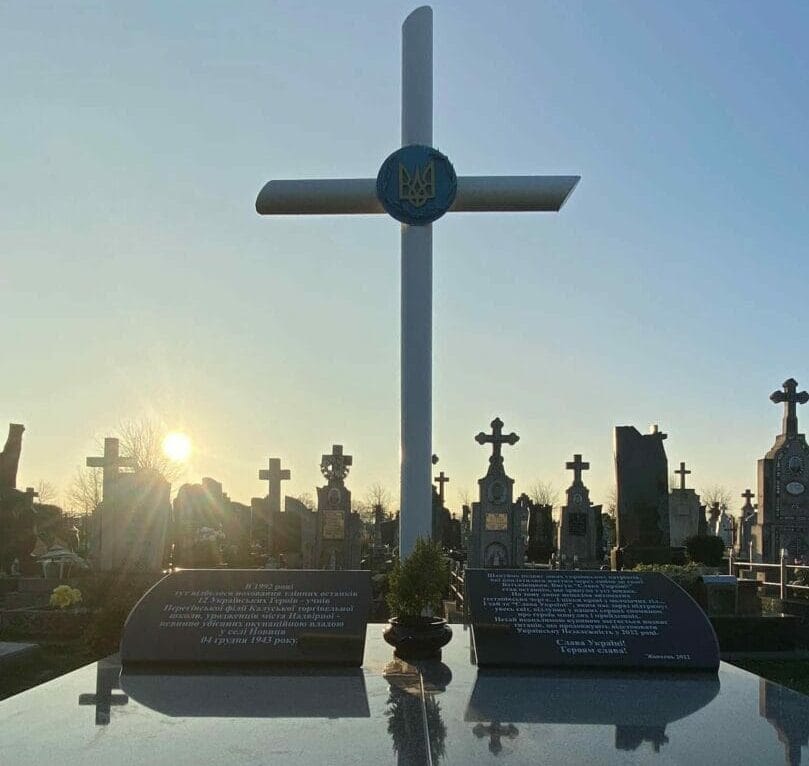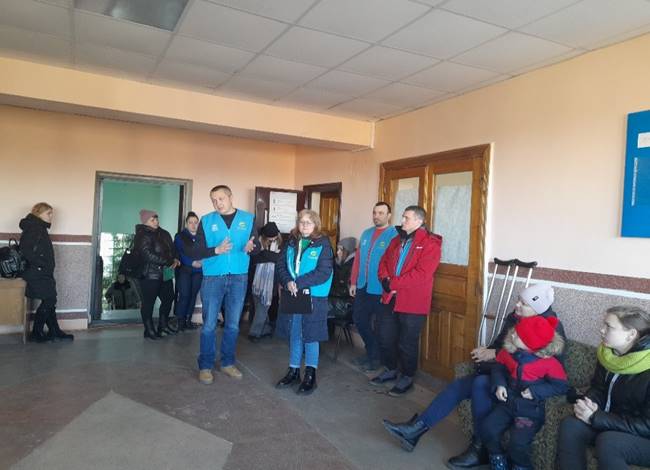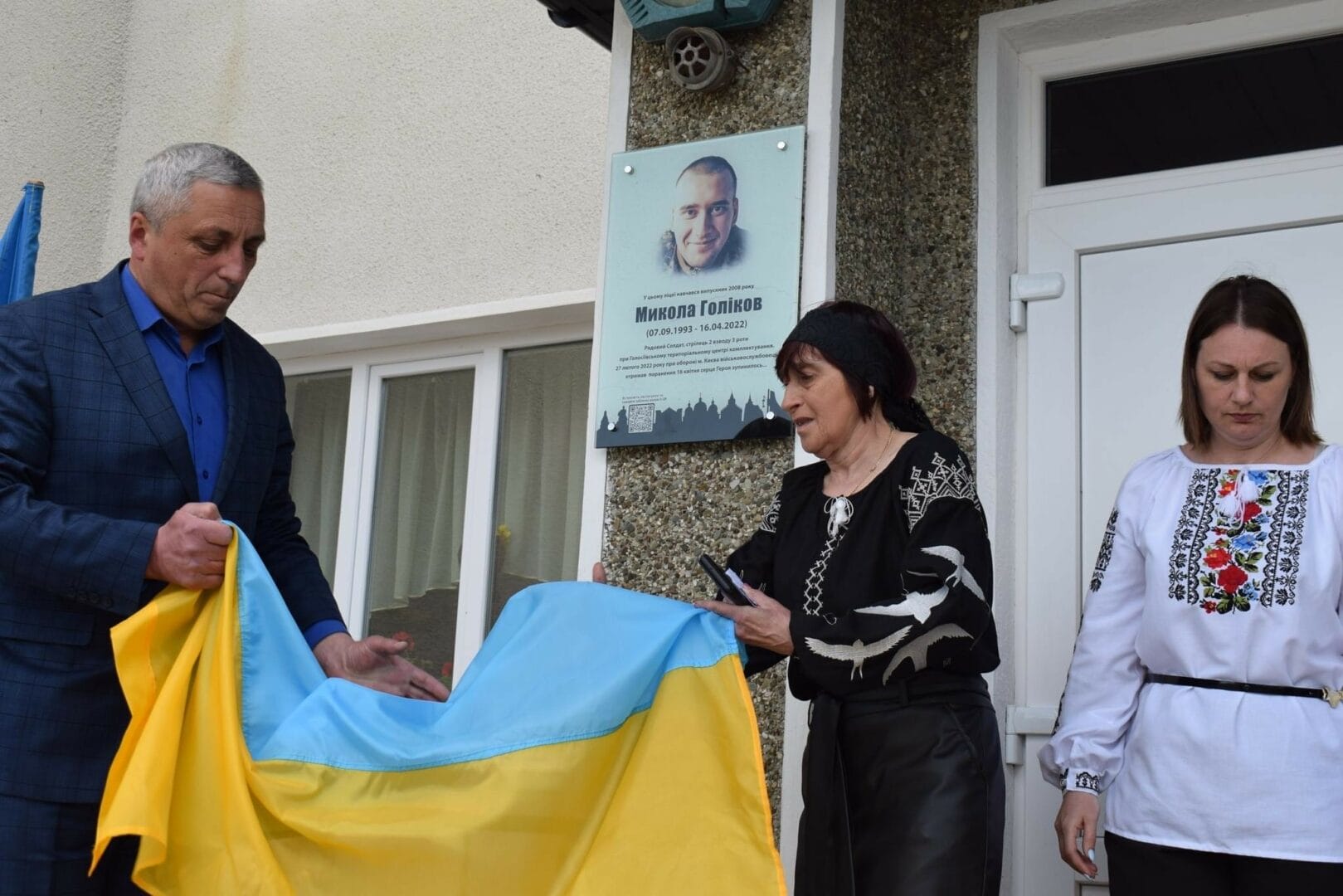This website uses cookies so that we can provide you with the best user experience possible. Cookie information is stored in your browser and performs functions such as recognising you when you return to our website and helping our team to understand which sections of the website you find most interesting and useful.
Novytsia Territorial Community

The Novytsia Rural Territorial Community is situated in the territory of the Kalush District in the Ivano-Frankivsk Region.
The total area of the territory amounts to 143.09 square kilometres.
Population: 13,617 residents
The Community consists of ten villages, and its administrative centre is located in the village of Novytsia.
History
Novytsia is one of the ancient villages of the Prykarpattia area. The first written mention dates back to 1367. The rich lands, forests and pastures around Novytsia and the local salt mines attracted the attention of the Polish royal government, Austrian barons, and German colonists, who gained large profits.
In the early 15th century, Novytsia was a small village with salt mines.

In 1939, a total number of 3,620 residents lived in the village.
The residents of Novytsia actively supported the partisan struggle against the occupying armies. There were many underground bunkers in the woods on the outskirts of the village. Many villagers died in this struggle.
In the village of Staryi Uhryniv, the Stepan Bandera Historical and Memorial Museum was opened in 2000 on the site of the family estate of Stepan Bandera – the leader of the national liberation movement in the 1940s – 1950s fighting to restore and establish the Ukrainian State. Prior to the opening, the Museum had functioned in the room of the priest’s residence, where the Bander family lived from 1906 to 1933.

On the occasion of the 30th anniversary of the restored Independence of Ukraine, the largest State Flag of Ukraine in the Ivano-Frankivsk Region was raised in the territory of the Museum.

In 1943, Gestapo officers executed 12 young men from Nadvirna, who were members of the Organization of Ukrainian Nationalists in Novytsia.

The village of Hrabivka was a centre of national liberation resistance to the Soviet occupation in the Black Forest in the 1940s and 1950s, and 460 years have passed since the first written mention of it. Meetings of the Ukrainian Insurgent Army Leadership were held in the village.
The lifestyle of the Boiky has been restored in an old house, which is more than a hundred years old. Excursions, evening meetings, photo shoots and school classes are held there.




The St. Michael monastery works in one of the villages of the Community. It functioned during the period of 1498 – 1502, but in 1605 it was destroyed by the Mongol-Tatars. In 2010, the St. Michael monastery was restored.


Economy and Welfare
The Community’s economic sectors are dominated by agriculture, construction, metalworking, road transport, and trade. Nineteen enterprises operate in the territory of the Community, including eight agro-industrial enterprises, and two hundred and sixty entrepreneurs.
The Community has unoccupied land plots for businesses and explored clay deposits (clay is suitable for making bricks, ceramic tiles and roof tiles). There are also gravel and sand deposits, gas deposits, and underground drinking and technical waters.

In the Community, the Ecoresource communal enterprise of the Novytsia Village Council provides solid waste removal services and promotes separate garbage collection practices.

The Community runs eight institutions of general secondary education, which include structural divisions of preschool education, one preschool education institution and a school of arts.



The Culture and Leisure Centre of the Novytsia Village Council runs eighteen culture centres.


Community and War
Since the first days of the full-scale invasion, the Community has faced many challenges such as mobilization, migration, accommodation of internally displaced people (more than one and a half thousand), provision of food and equipment for military personnel, delivery of food to residents of the occupied territories, power outages.










People of the Community
Bohdan Dadiak has been the head of the Community since 2020.

Under the leadership of Bohdan Dadiak, separate sorting of solid household waste has been organized, thereby eliminating spontaneous landfills across the Community. Glass and plastic is collected as secondary raw materials, and horticultural and agricultural waste is used as an alternative and cheap fuel for heating communal facilities, where solid fuel boilers have recently installed.
Decentralization of financial resources has been implemented and educational and cultural institutions became managers of funds and received financial autonomy. This provides an increase in the efficiency of the use of funds, the collective responsibility of school employees and a possibility of improving the material resources by using the saved funds.
Certain sections of roads of local importance have been overhauled; the facade of the Pidmykhailia School of Arts has been modernized. Also, the roofs have been modernized in order to create appropriate conditions for people staying in communal facilities.


Development Strategy
The development strategy for 2023-2027 has been approved in the Community.
The main goals of the strategy are to increase the economic capacity of the Community, ensure equal development of human potential, and create a good living space.
In order to improve the conditions and standards of living of the Community residents, which is possible with stable economic growth and rational use of natural resources, an effective partnership format has been created with three communities of the Lviv Region – the joint communal enterprise “Institute of Sustainable Development of Boiky Communities”.


